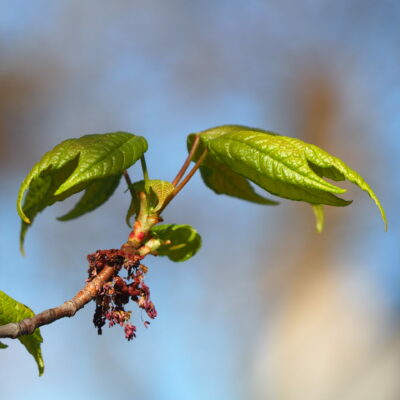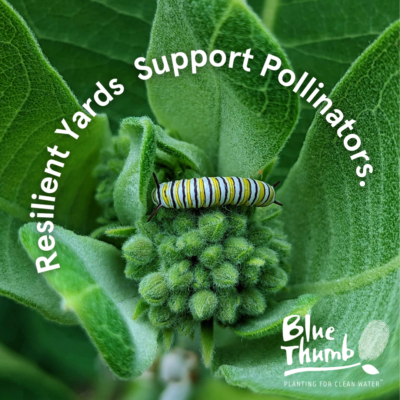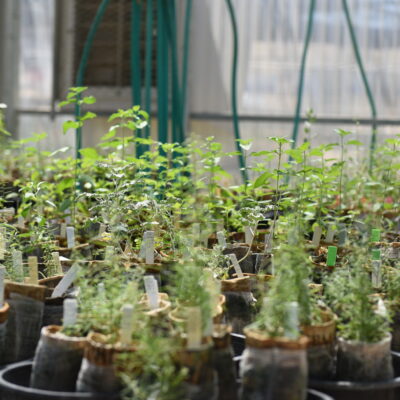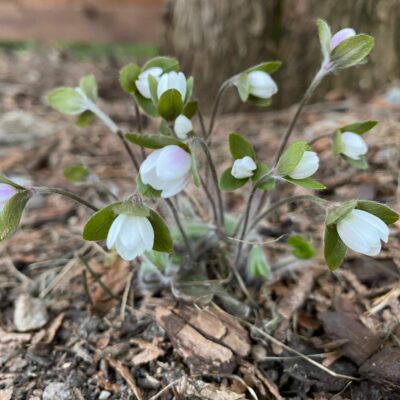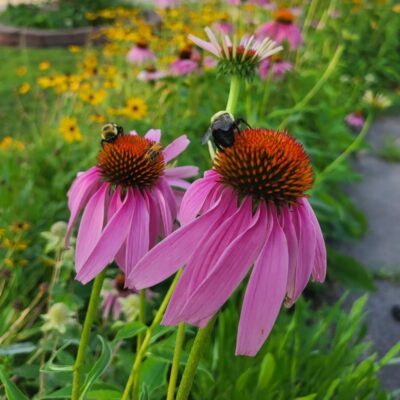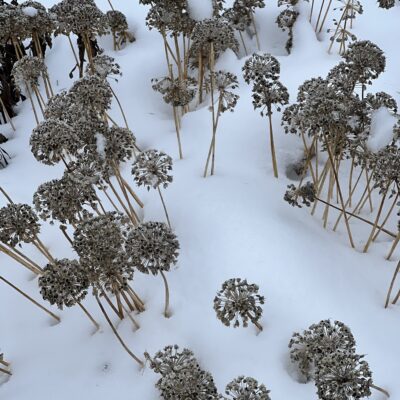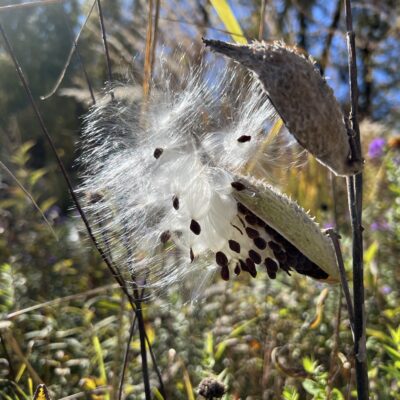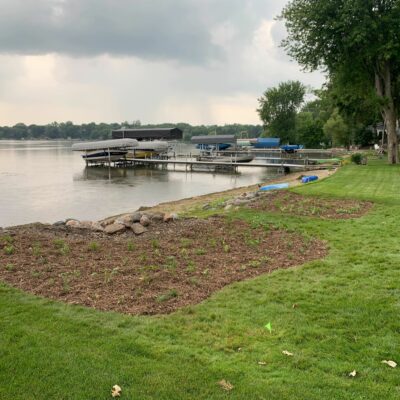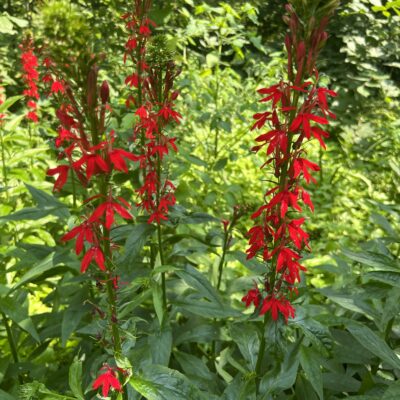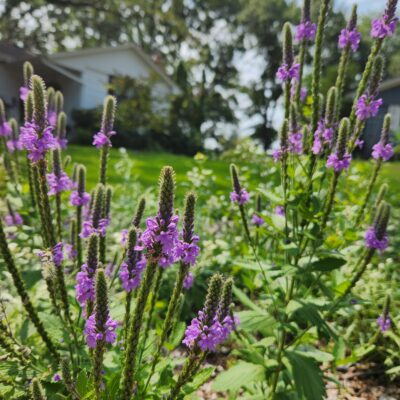Out of Sync: Plants and Pollinators in Shifting Seasons
After a dry and mild winter, Minnesota is ushering in an early spring. By mid-March in the Twin Cities, fuzzy catkins already emerged from pussy willows and buds formed on maple trees, and robins have been hopping about in parks and yards. Sprinkle some late March snow on top, and the strangeness of this unprecedented… Read More →

